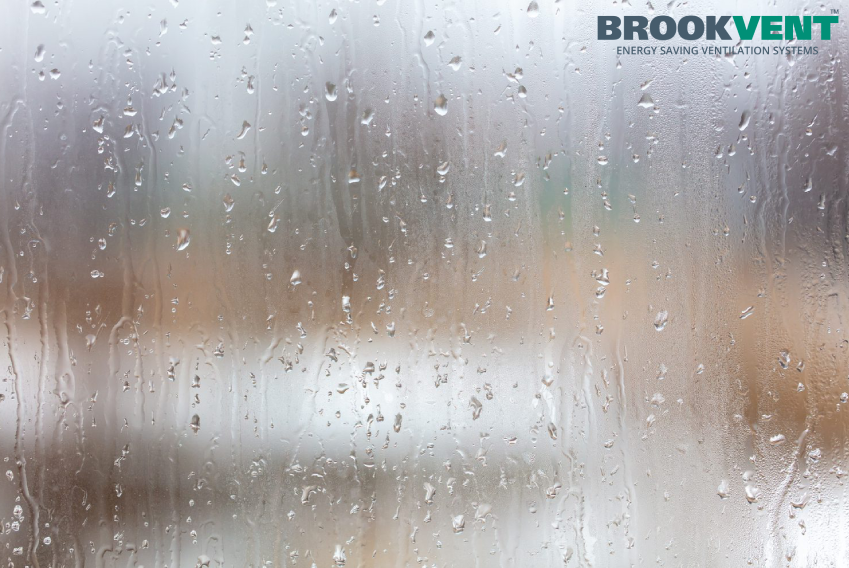Condensation remains a persistent issue in the United Kingdom and Ireland, with homeowners often waking up to the disheartening sight of water trickling down their bedroom windows on winter mornings. Beyond the immediate discomfort and dreariness it brings, this phenomenon poses challenges to effectively heating your home. As we approach the colder months, the problem of window condensation at night is likely to worsen unless the root cause is addressed.
Overnight condensation not only impacts the immediate comfort of your bedroom but also serves as a critical indicator of a more extensive condensation problem within your home. Left unaddressed, this issue can lead to dampness, peeling wallpaper, damaged furniture, and the unwelcome growth of mold on walls.
Decoding Condensation:
Condensation occurs when warm, humid air collides with a cold surface. In the UK and Ireland, night-time temperatures often dip below the dew point from autumn through late spring, making condensation an ever-present possibility. Furthermore, the air inside homes during colder nights tends to be more humid due to closed windows, limiting ventilation compared to the breezy days of summer.
Visible and Concealed Condensation:
While condensation on windows is the most apparent form, it can also manifest in unventilated spaces, such as behind hefty furniture. This concealed moisture can lead to dampness, mold, and other issues.
The Challenge of Condensation:
Despite the transient nature of overnight condensation, it signals an ongoing moisture buildup in your home’s air, contributing to dampness—particularly in older buildings. Energy-efficient measures like sealing doors and windows may unintentionally escalate the risk of dampness by reducing indoor ventilation. Additionally, prolonged condensation can result in black mold, triggering respiratory issues, infections, and allergic reactions, particularly in vulnerable individuals like children.
Preventative Approaches:
Proactively preventing overnight condensation proves more effective than addressing it retroactively. Elevating room temperature while slightly opening windows facilitates heat circulation and combats condensation, albeit at the potential expense of higher energy bills. Certain habits, such as indoor clothes drying or night time humidifier use, can contribute to condensation. Modifying these practices may alleviate the issue. If quick fixes prove insufficient, addressing the problem at its core by enhancing ventilation becomes imperative.
Effective Solutions:
Positive Input Ventilation (PIV) system emerges as a highly effective method for combatting overnight condensation. A PIV system draws external air through a filtration system, evenly distributing it to every room while expelling moisture-laden interior air. For those mindful of energy efficiency, a Mechanical Ventilation with Heat Recovery (MVHR) system offers a viable alternative. MVHR systems capture and reuse the heat from internal air, providing essential ventilation without excessively taxing the heating system.
We are ventilation specialists and provide the best product and best advice , So contact us today If you are considering any of products and would like to know more about our full product range Click and get in touch with Brookvent today! or Call us on 02890616505 or email: hello@brookvent.co.uk






